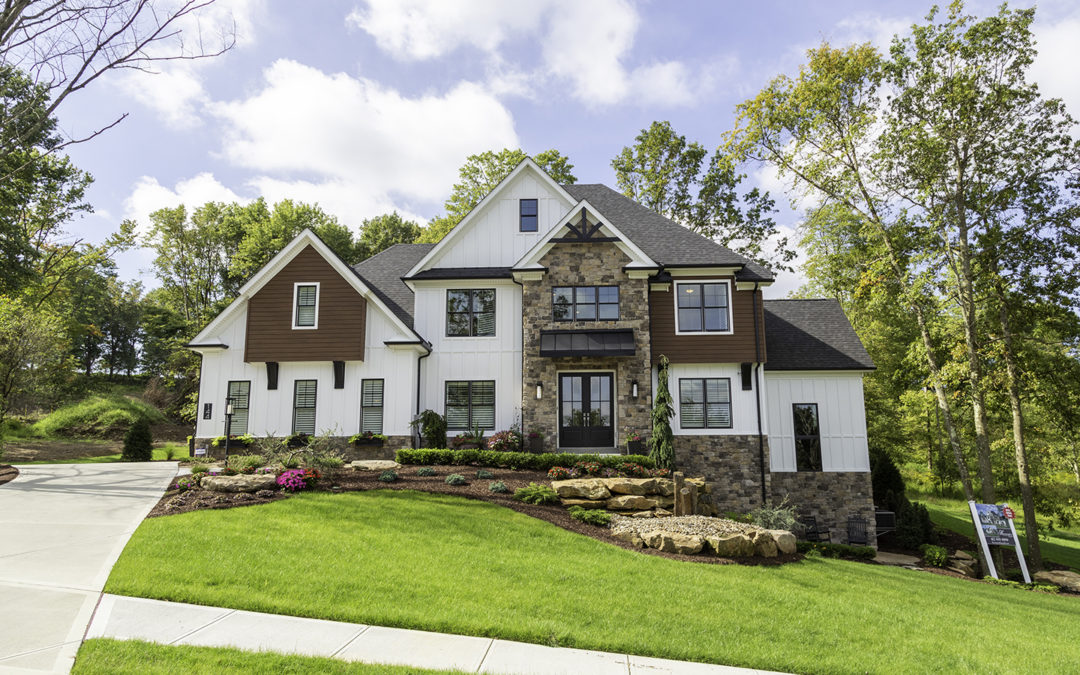The North Hills of Pittsburgh was one of the areas that World War II veteran home buyers of means pushed into as America’s postwar prosperity took hold. Suburbs like Ross Township, Shaler Township, Fox Chapel, and later the communities that made up the North Allegheny School District were known as bedroom communities with architectural appeal and convenient access to Downtown. The demand for housing in the North Hills was not quite as strong as that in the South Hills during the same time period. And so, the North Hills heard reputation was one of
being quieter, more remote and less crowded.
From that time through the 1970s, the North Hills meant exclusively northern Allegheny County. Every once in a while, you’d meet somebody from Cranberry Township or Mars who would wax eloquent about their low taxes and relative convenience to the city. But you knew, as did they, that Butler County was not the
North Hills.
Finally, in 1989 the floodgates opened. A long-awaited I-279 highway project was completed and connected Downtown to Interstate 79 in the far northern quarter of Allegheny County by way of our limited access highway. Over the next 15 years, thousands of homes were built in the North Hills. Cranberry Township saw a boom during this period in which many years more than 500 new homes were built. By the mid-2000s, the availability of lots became a problem and new construction slowed down. Years of demand had pushed land prices significantly higher. Now with land in short supply in the most desirable communities, it seemed obvious that the North Hills was going to push further north. Communities like Jackson Township, Lancaster Township and Middlesex Township, all of which were located in desirable school districts, seemed poised to become the next hot suburbs.
But becoming the next big thing didn’t happen.
More than a decade later there is heightened activity in this next tier of North Hills suburbs. The character of the developments in the traditional North Hills has changed significantly. New construction, even in popular communities like Pine Township or Hampton Township, will not return to the salad days of the 1990s. Instead, a combination of growing demand and more forward thinking in municipal government has made that next ring of communities the next big thing.
Waiting for the Next Big Thing
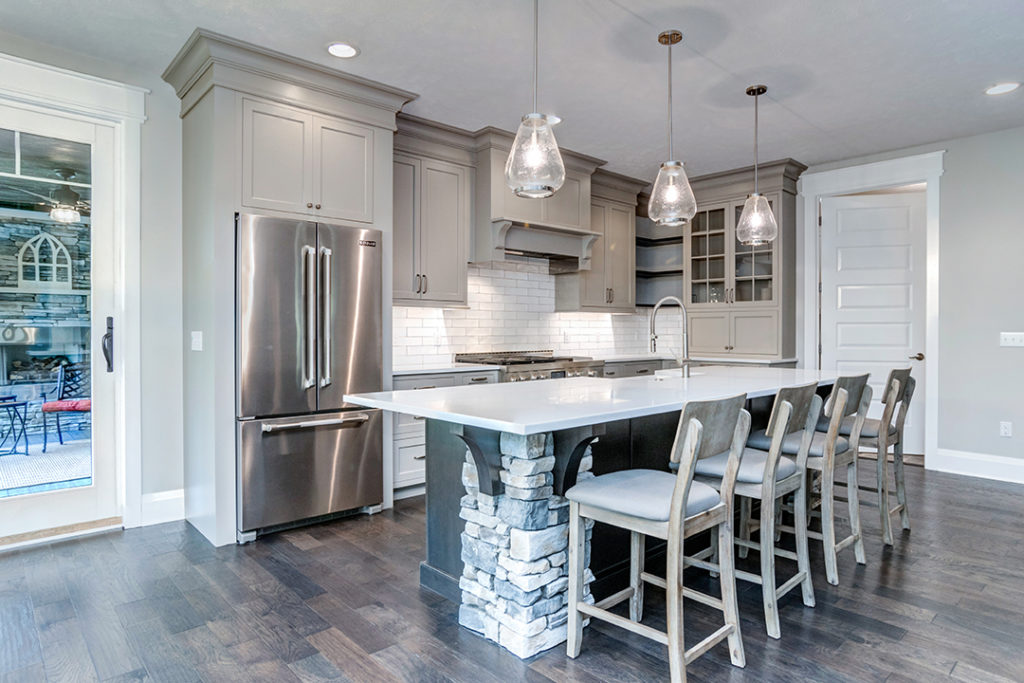
It’s been ten years since developer Don Rodgers announced that his Creative Real Estate was proposing new communities in Lancaster Township. The Cranberry-based businessman was one of the early developers of Cranberry Township. Before the Great Recession, Rodgers turned his eyes to the north, proposing nearly 1,000 units of a mix of housing, declaring that Lancaster Township would be the Fox Chapel of Butler County. There was some good old-fashioned sales puffery in that, of course, but the prediction didn’t have much of a chance of coming true.
Lancaster Township was not the logical municipality to take off next. For one thing, Lancaster is not the next township to the north of Cranberry Township. That is Jackson Township. For another, Cranberry Township wasn’t exactly saturated, so home buyers weren’t necessarily forced to look ten miles further up I-79 to find a home. Lastly, while I-79 has a four-way interchange just north of Lancaster Township, in Prospect, the interchanges closest to Pittsburgh were only open one way to the north and south.
So why did Don Rodgers make his prediction? Well, he is a real estate developer and, therefore, prone to exaggerating the benefits of his projects. He was also aware of the increasing difficulty of development in Cranberry Township and Adams Township, which was leading to higher home prices. He knew from experience that Jackson Township, just north of Cranberry, was not welcoming new development. Rodgers’ vision, and he was not alone, was that homeowners would gladly commute another five or ten minutes to find the home they wanted at a price that they could afford. What he didn’t anticipate, or hoped he could overcome, was the reluctance of the municipal leaders of Lancaster Township to embrace a vision of their community as a commuter suburb.
Most of the land in Lancaster Township was in the hands of farmers or owners of farmland who did not want to see suburban development in their township. The same was true of Jackson Township and Forward Township. For the most part, these landowners weren’t interested in seeing their part of southern Butler County become the “next Fox Chapel,” let alone the next Cranberry or Adams Township.
The elected officials in this next tier of communities reflected
this sentiment.
Developers proposing residential communities north of Cranberry and Adams discovered that there was little appetite at the municipal level for even minor tweaks to zoning or planning requirements that would allow for higher density or more profitable development. They also discovered another impediment: inadequate infrastructure.
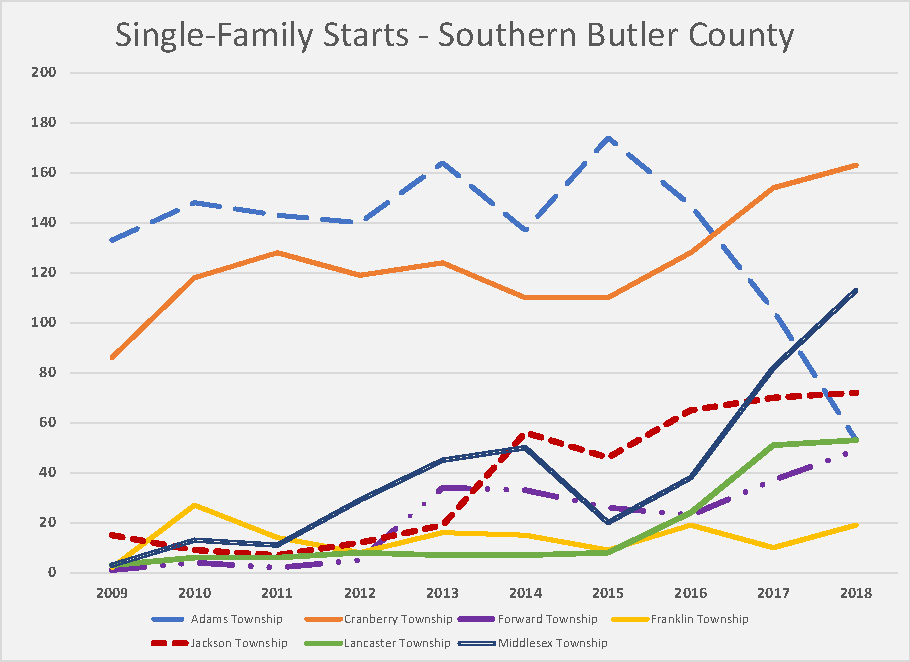
While the distance between Cranberry Township and Middlesex Township is about ten miles, if you use Route 228, the public infrastructure is split among three (or more) different municipal authorities. Cranberry has its municipal authority, but it is also served by the Breakneck Regional Authority, which mainly serves Adams Township, Mars, and Seven Fields. Middlesex Township is served by Adams Municipal Authority and Saxonburg Sanitary Authority. Jackson Township has its own water authority. Lancaster Township is served by Western Butler County Sewer Authority and Pennsylvania American Water. This is hardly the recipe for intercommunity planning.
The surge in growth of Cranberry Township, Seven Fields, and Adams Township in the 1990s forced the municipal authorities serving those communities to expand capacity and gear the expansion of service to the neighborhoods that were growing. While there were occasional extensions of water or sewer mains into the periphery of the surrounding communities, most of the land available for development in the next tier had inadequate infrastructure.
Adding infrastructure to a residential development is an expensive proposition. Economies of scale can make infrastructure construction feasible on major developments, such as Treesdale, but for the average subdivision, the costs are too high. Bringing water and sewer into virgin territory means building expensive homes or passing on the incremental costs to the home buyer. These are costs that are well into five figures per lot. Such additional costs quickly make new construction uncompetitive.
Another critical piece of missing infrastructure was convenient highway access. While the communities north of Zelienople could be marketed as just minutes further north, the fact that the I-79 interchanges were incomplete meant that residents couldn’t necessarily just jump right on the highway. Depending on what direction you needed to go, that trip could mean a five-mile detour to get to an exit that had access.
A final factor holding back what seemed to be the inevitable push northward was not a regional issue. It was the Great Recession. The impact of the 2008-2009 downturn was significant for residential development. Because the financial crisis was caused by the housing bubble, the regulatory reaction was strong. Banks didn’t want to lend for residential development and new regulations made it much more difficult to make a profit that was commensurate with the risk involved. Those factors led to a standstill in residential development that exacerbated what was an already shrinking inventory of lots in southern Butler County.
Instead of taking off as the new hot spots of the North Hills, the communities in the next tier north stayed in a holding pattern.
How Things Have Changed
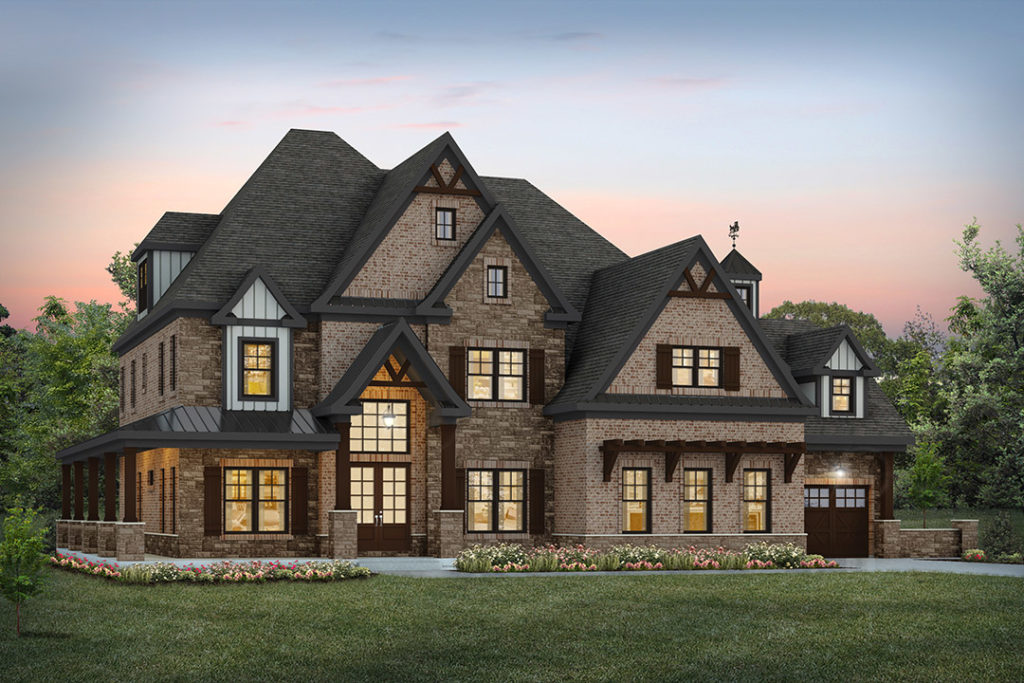
The lot shortage that began in 2007 and 2008 became an issue in 2012, as the improving Pittsburgh economy created demand for new homes. In the previous three years, the natural gas industry has exploded in Western PA. Southpointe and Washington County got the headlines, but real estate professionals discovered that there was a second hub to which the gas industry was attracted, which was Cranberry Township. The heightened regulation of lending made it more difficult to develop new residential lots, so growing demand ran into tight supply. The impetus to push beyond Adams and Cranberry was now there.
“As the other areas further south continued to build even more – as Cranberry and Wexford became more congested – it was logical to look further north,” says Tricia Brennan, owner of Brennan Homes. “We tell our customers all the time if they build with us in Lancaster Township, they are quicker to the city, or equal, than if they are in Cranberry because they are not dealing with the traffic and the red lights. You can get right on 79 and bypass all that congestion. It’s no longer a quick trip to the city. You might as well go a little further north and jump right on the interstate.”
“The decision to build further north was a great decision because that’s where the natural growth is. There is land available. There are lower taxes. Areas like Cranberry Township and Adams Township along the Route 228 corridor are getting congested,” says Tony Ferro, director of sales and marketing, Pittsburgh Region for Dan Ryan Builders. “People are looking to free up more time for themselves by getting out of the congestion and getting into a little more affordable housing knowing that access to the main roads
with the restaurants and entertainment are literally right around the corner.”
Jackson Township was a natural next municipality to grow. The increased demand coincided with a change in the political winds in Jackson Township. Pro-growth supervisors were elected and began to take steps to signal a more welcome environment for residential and commercial development. Brennan says the change in attitude is noticeable to builders for at least the last five years or so. That time period coincides with a similar change
in township leadership in Forward Township, which surrounds
Evans City.
“Jackson Township has been amazing. They definitely want new development. They have rezoned areas to make it more accessible for residential development,” Brennan says. “Lancaster Township had been more traditional, but they are beginning to change. With the election coming up in November, there will be change because of who is on the ballot. Lancaster Township will be the next area coming into play to compete for home buyers.”
The shift in climate showed up in the data in 2012. According to the Pittsburgh Homebuilding Report, no more than 30 permits were issued for new single-family homes in any year of the previous decade in Jackson, Forward and Middlesex combined. In 2012, there were permits for 29 new homes in Middlesex Township alone. Ryan Homes opened up its Weatherburn Heights neighborhood that year. The following year, Ryan Homes began building in its Blackberry Estates neighborhood in Middlesex and Maronda Homes opened its Old Hickory Highlands community in Jackson Township. There were 45 single-family permits in Middlesex in 2013 and 106 permits for new homes in Jackson and Middlesex combined in 2014. Demand for homes beyond the traditional North Hills boundaries had
been unleashed.
Over the next few years, subdivisions of more than 100 lots opened up in Forward Township and Lancaster Township, as well as additional new lots in neighborhoods in Middlesex Township and Jackson Township. In 2017, more than 200 new homes were started in the second tier of southern Butler County communities. In 2018, there were more permits for new construction in Middlesex Township, Jackson Township, and Lancaster Township each than in Adams Township. And, through August, there had been 269 permits issued for new homes in Forward, Jackson and Middlesex. By Pittsburgh standards, that’s a boom for new housing.
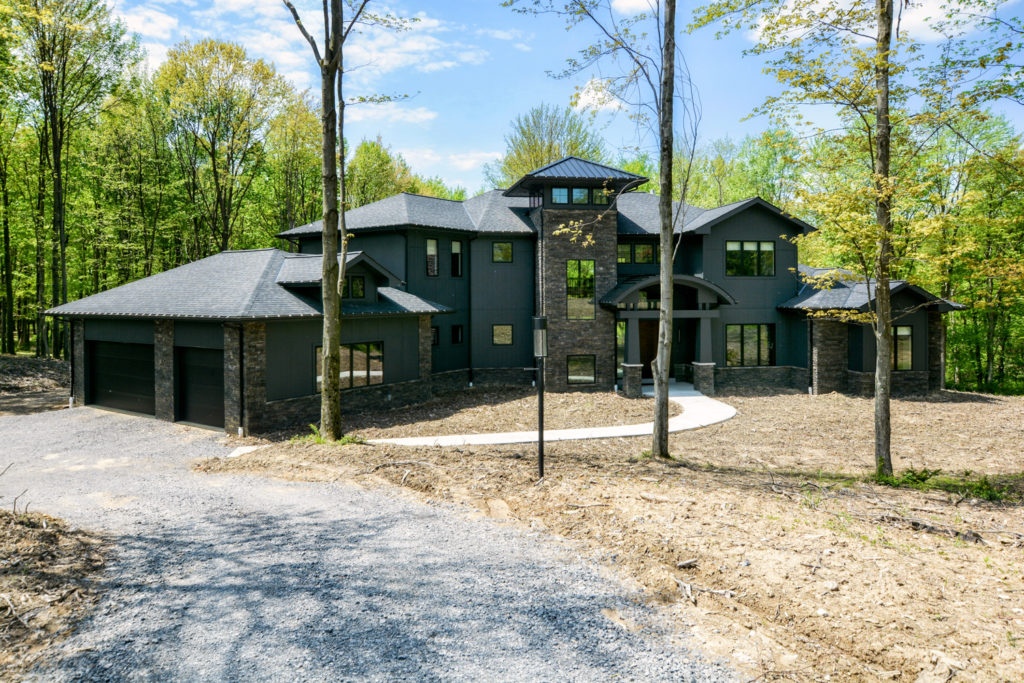
“The growth is actually a result of two things. The first is the lack of availability of land. If you look around Adams Township and Cranberry Township, it has been difficult to find land to develop,” notes Bill Weaver, CEO of Weaver Homes. “The second factor is infrastructure. Middlesex finally got the infrastructure four or five years ago. Saxonburg Sewer Authority got sewage into the township. Adams Township Water Authority brought a water line into Middlesex. In Lancaster Township the authority brought a water line along Route 19. It’s a combination of land availability and the infrastructure being there. You can’t run water and sewer lines for miles and miles and make a development work.”
Weaver Homes has certainly taken advantage of the improved environment for development. The builder has started 450 homes in southern Butler County since 2009, second only to Ryan Homes. Focusing on an empty nester product from Epcon, Weaver Homes currently has projects going in Lancaster Township, Jackson Township and Middlesex Township. In the case of the first two neighborhoods, Scenic Ridge in Lancaster and Spring Valley in Jackson, Weaver created plans that took advantage of properties
that were previously planned for other projects.
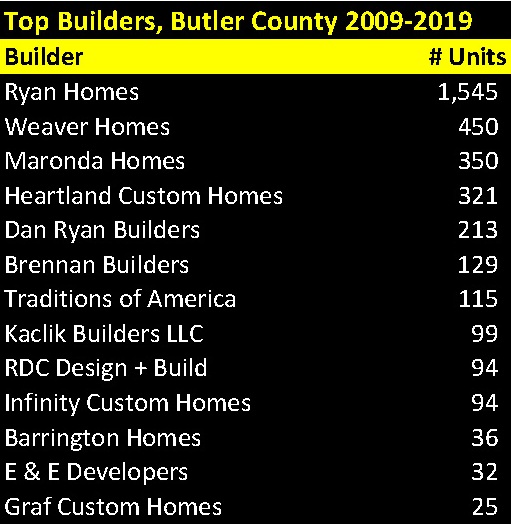
“In terms of Lancaster and Jackson Townships, I think it is a case of there being available land and they are the next best thing north of Cranberry Township,” Weaver explains. “What’s interesting is that in the case of both of those properties, they had previously been planned for high-end housing. Those deals fell apart and the property was just sitting there. In Lancaster Township that property had been approved for high density townhouses. We bought it and turned it into a detached and quad project that is doing very well.”
Jackson, Lancaster, and Forward all benefit from being in the Seneca Valley School District. That district has been steadily rising in stature over the past two decades and its size offers students many opportunities that smaller districts cannot. Tricia Brennan sees the location of the Seneca Valley schools as another advantage for the next tier
of communities.
“For the most part people really like being a little further north. With Seneca Valley specifically, the schools are clearly much further north than they are centrally located in the district,” Brennan says. “By moving a little further north, it becomes more convenient, especially when your kids get into high school. If they are involved in football, softball, baseball, band, or whatever activities, parents are at the high school constantly. The intersection makes it so simple to jump off and be right at the high school; and if you’re living there it’s easy to jump right on and get to the city.”
The intersection Brennan speaks of is the upgraded Exit 88 on I-79. The interchange was completed to be a four-way exit eight years ago and the convenience is another factor unleashing demand
for homes in the Jackson/Lancaster area.
That additional convenience of access, especially for commuters and families with children, unlocked demand from a broader spectrum of home buyers. Communities like those Weaver Homes built were aimed at empty-nesters, and were selling well prior to the interchange improvements. That seemingly small margin of improvement that came with a four-way interchange – saving five or ten minutes drive – helped open up projects in Jackson, Forward and Lancaster Township to families and first-time buyers who weren’t looking in that next tier before.
For first-time buyers and families, the expansion just beyond the hot Cranberry/Adams corridor meant greater affordability too. With the lower tax rates of Butler County, lower development and construction costs made the next tier one of the more affordable areas in all of metropolitan Pittsburgh.
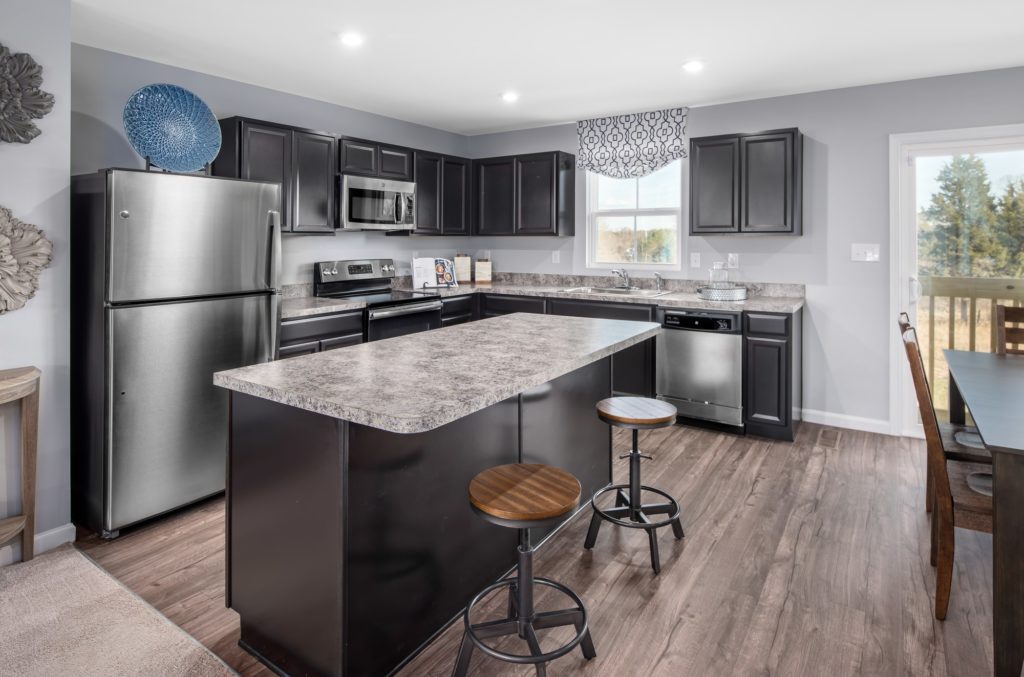
“If I can use a target as an analogy, the closer you get to the bull’s eye – the area where more people want to live – the landowners know they can charge more. There is more competition from the builders for that property,” explains Ferro. “As you get further out from that bull’s eye the land prices become more reasonable. We can sell the lot and building at a more affordable price.”
“A lot of our feedback is that it’s an opportunity for buyers to get more affordable housing and maybe a little larger home site, depending upon how the community was laid out. And again, it will not be as congested, including the schools. Classroom size is important to a lot of
family buyers.”
Lower costs have certainly created an opportunity for the builders that are geared to build new construction that is more affordable. These more production-oriented builders, like Dan Ryan Builders, Ryan Homes, and Maronda Homes, have built the most new homes in the next tier communities for the past few years. According to Darlene Hunter, vice president of new construction sales for Howard Hanna Real Estate, that is
par for the course in higher
growth markets.
“I do see more sales with the production builders like Dan Ryan, Maronda, NVR, and Epcon,” Hunter says. “We see more of the entry market buyer. I don’t have any custom market builders in those markets. I know of a couple developments where there have been small pieces of land subdivided into estate lots, but [those communities] have more of the higher volume builders. That’s normal for what happens in growth markets. The production builders come in first and the rest of the market builds out later.”
Lancaster Township has been home to Brennan Homes for three generations. Brennan Homes has thrived in the next tier communities but the volume of its construction has lagged that which the company builds in other North Hills suburbs. Tricia Brennan says that the open space that comes with a new home further north drives some of the demand for custom homes.
“It comes down to the fact that congestion in the other areas means that there are smaller home sites. People are starting to feel like they are on top of each other. Some people want to be able to go into their backyard and not have their conversations include their neighbors,” Brennan chuckles. “There are still buyers who want more space than the more congested suburbs offer.”
As the next tier of Butler County suburbs continue to grow, and new construction developments multiply, expect to see more custom homes built. The natural progression of land pricing that comes with growing demand will push the market higher, as the economics of land development dictate that new homes must be more expensive to be profitable. There also tends to be more development of townhomes and apartments as growth cycles mature. That stage of community development hasn’t happened yet in Jackson, Lancaster or Forward Township, and has only been part of the mixed-use Middlesex Crossings project along Route 8 at Route 228 in Middlesex Township.
“Townhouse development is not relevant [in those communities] just yet,” says Ferro. “For one thing the land is available and there is really not a lot of pressure on the municipalities. I think when it becomes a burden financially to provide services like police and fire, municipal governments will try to do something different with the limited amount of land available.
I don’t think those areas are
there yet.”
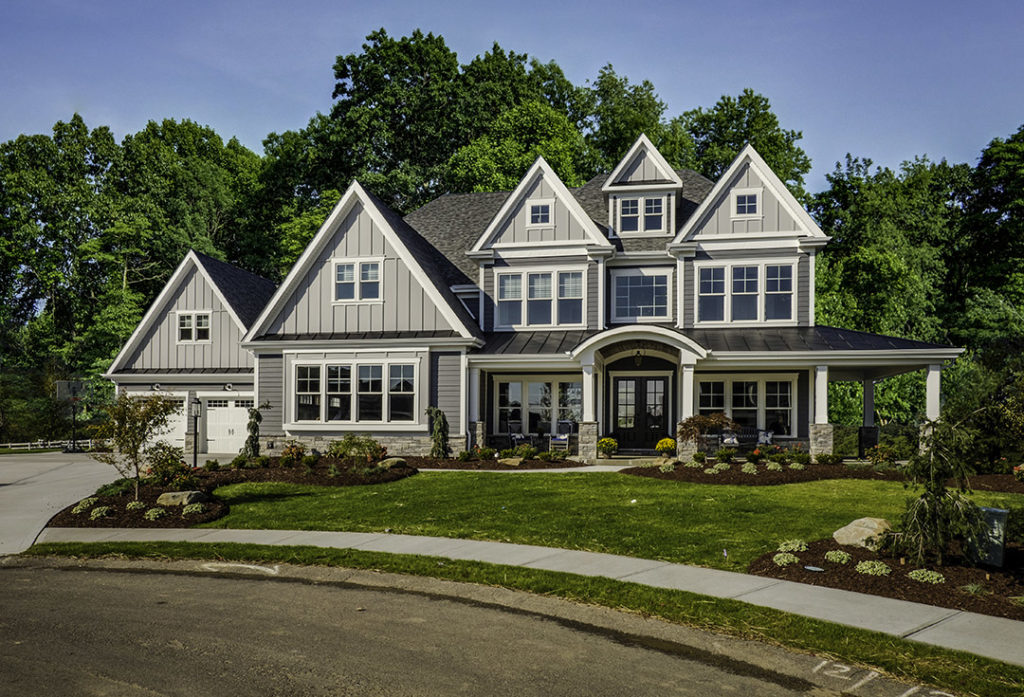
One other part of the cycle of suburban development in the North Hills seems to be an ultimate aversion to attached or multi-family housing. This has become true of Cranberry Township and Adams Township, as well as in Marshall and Pine Township in northern Allegheny County. Bill Weaver noted that the residents of Middlesex Township have been more active in opposing higher-density housing in the past two years. He believes that will make it more difficult to get townhouse or small lot projects approved in Middlesex going forward.
The growth and maturity of the next tier of the North Hills is on the radar screen of the school districts in the area. Mars Area School District, which covers Middlesex Township, has been growing for decades because of Adams Township’s growth. The district has invested significantly in facilities in this century and will likely have to undergo a new master plan to deal with the changing demographics of growth in the 2020s. Seneca Valley School District is finalizing its planning for a new $61 million elementary school to be located near Evans City, right in the midst of the new residential construction that has taken place. Construction on the school should begin after the weather breaks next spring, with students enrolling for the fall 2022 school year.
These are the familiar rhythms of suburban sprawl. Mature suburbs become crowded and expensive. A spark ignites new construction in the land adjacent to the mature suburbs. Growth drives infrastructure improvements, which drives more demand in the next tier. More people mean students and bigger schools. As the next tier becomes the next big thing, municipal government gets choosier about what can be developed to combat the growing congestion. Before you know it, developers are looking for the next big thing again.
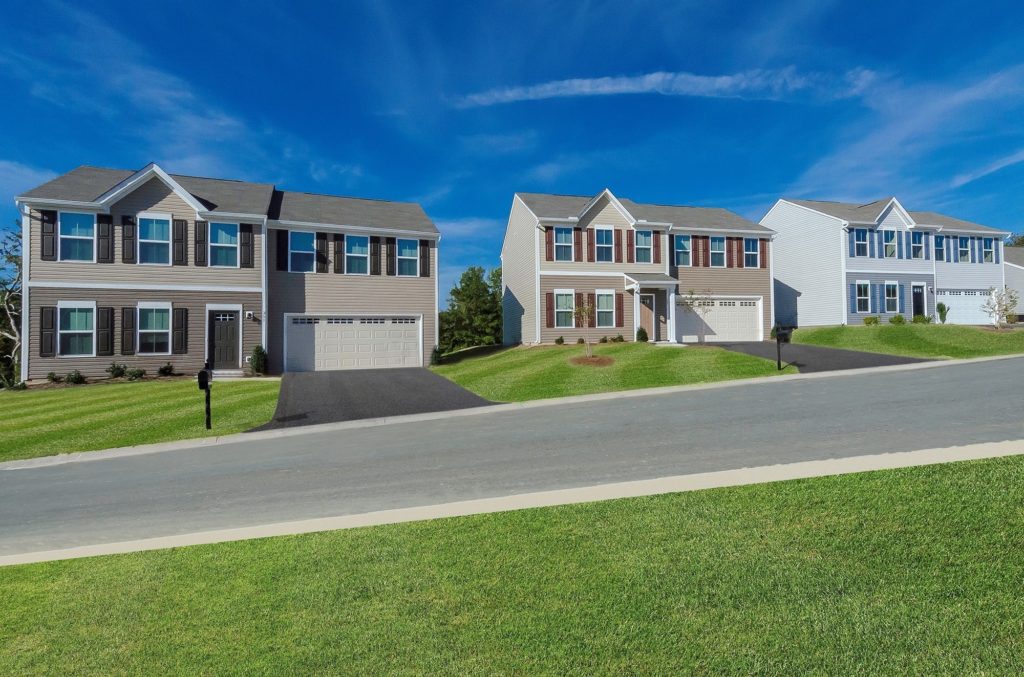
That final stage of development is still a long way from reality in the Jackson Township to Middlesex Township corridor. It took a while for buyers looking in the North Hills to discover the advantages of being just a few miles north of the existing North Hills suburbs, but now that construction is booming there, stores and lifestyle amenities are filling in. Those homeowners who were pioneers in the next tier of the North Hills are enjoying all of the advantages of getting in early on the next
big thing. NH


